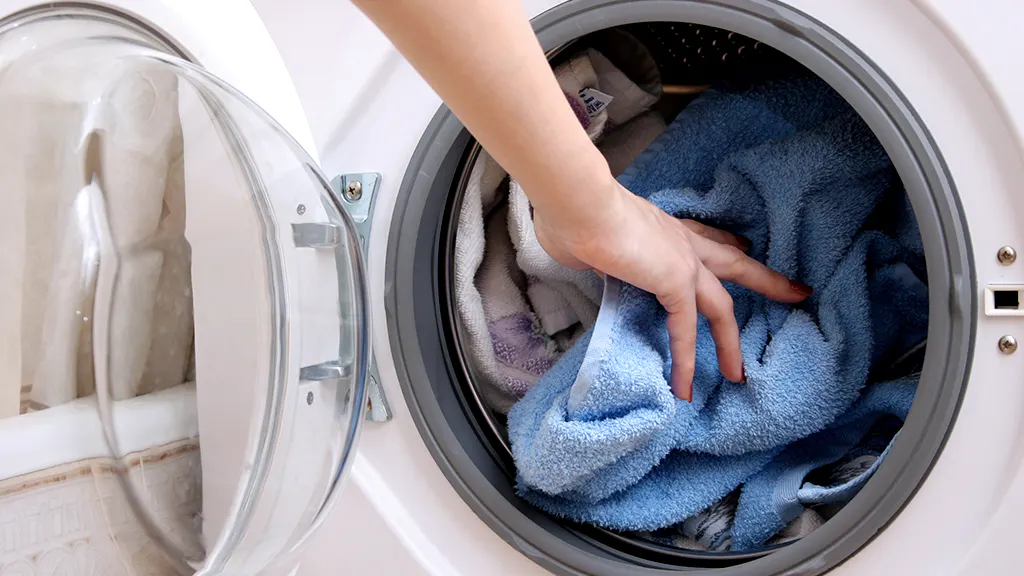A washing machine that won’t spin can be frustrating, especially when your laundry comes out soaking wet. Fortunately, many spin problems can be diagnosed and fixed without calling a professional. This guide will walk you through the most common causes and solutions for a washing machine that won’t spin.
1. Check the Load Balance
An unbalanced load is one of the most frequent causes of spin failure.
- Symptoms: The machine may stop spinning midway or not spin at all.
- Fix: Open the lid and redistribute the clothes evenly around the drum. Make sure heavy items (like towels or blankets) are not clumped together.
2. Inspect the Lid or Door Switch
Most washing machines won’t spin if the lid or door is not properly closed or the switch is faulty.
- Symptoms: The machine doesn’t respond or start the spin cycle.
- Fix:
- For top-load washers, ensure the lid is fully closed.
- For front-load models, check that the door clicks shut.
- Use a multimeter to test the switch for continuity. Replace it if it’s defective.
3. Examine the Drive Belt
The drive belt connects the motor to the drum. If it’s broken or loose, the washer won’t spin.
- Symptoms: You may hear the motor running, but the drum doesn’t move.
- Fix:
- Unplug the machine.
- Remove the back panel and inspect the belt.
- Replace it if it’s worn, broken, or slipping.
4. Check the Drainage System
A clogged or malfunctioning drain can prevent spinning because the machine won’t spin with water inside.
- Symptoms: The drum doesn’t spin and there is water left in the tub.
- Fix:
- Inspect and clean the drain pump filter and hose.
- Ensure there are no kinks in the hose.
- Test the drain pump and replace it if it’s not working properly.
5. Look at the Motor Coupler (For Direct Drive Washers)
In some models, especially older top-load washers, a motor coupler connects the motor to the transmission.
- Symptoms: The washer fills and agitates but doesn’t spin.
- Fix:
- Unplug the washer and remove the cabinet or access panel.
- Inspect the coupler for damage or wear and replace it if needed.
6. Test the Drive Motor
If all other components are working, the motor itself might be faulty.
- Symptoms: No sound or drum movement when trying to spin.
- Fix:
- Check for burning smells or humming noises.
- Use a multimeter to test the motor.
- If faulty, consider replacing the motor—though in some cases, replacing the machine might be more economical.
7. Inspect the Control Board or Timer
The electronic control board or mechanical timer controls the cycles of your washer.
- Symptoms: The washer doesn’t progress to the spin cycle.
- Fix:
- Look for visible signs of damage (burn marks, broken parts).
- Test with a multimeter if possible.
- Replace the board or timer if it’s malfunctioning.
8. Check for Error Codes (If Available)
Modern washing machines often display error codes.
- Fix: Refer to the user manual or look up the error code online to diagnose the problem more quickly.
Final Tips:
- Always unplug the machine before inspecting or repairing any parts.
- Refer to the user manual for model-specific instructions.
- If you’re unsure, consult a professional technician to avoid damaging your machine or voiding your warranty.
By following these steps, you can often identify and resolve the issue that’s preventing your washing machine from spinning. Regular maintenance and proper use can also help prevent these problems in the future.

